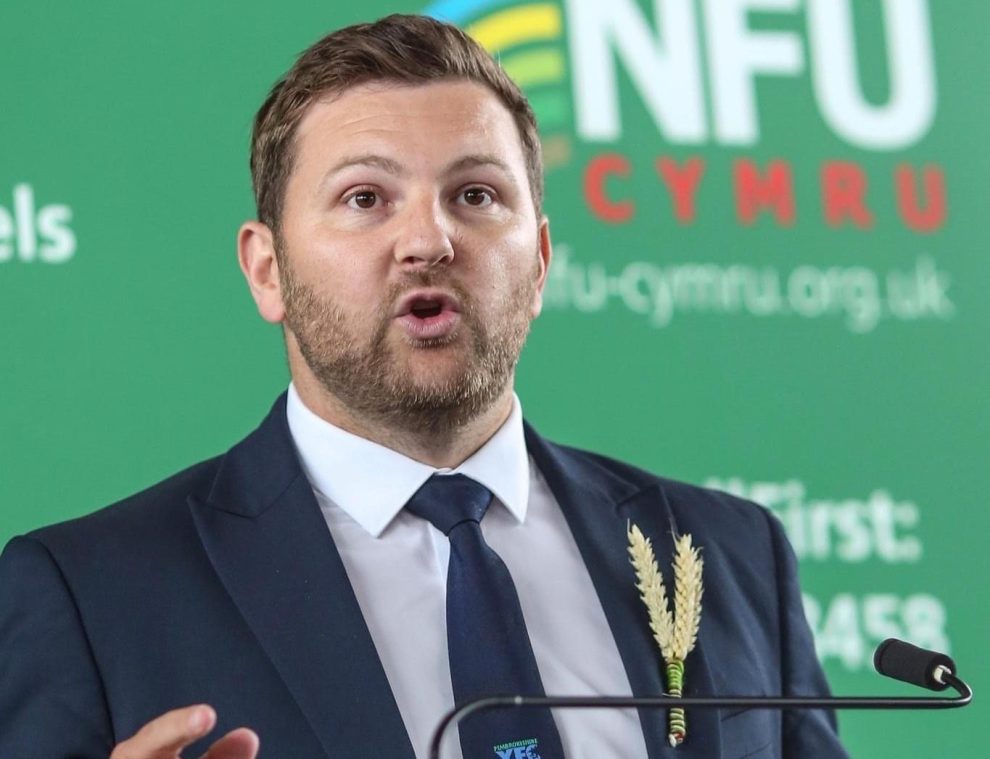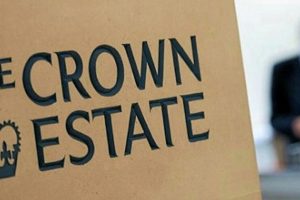SAMUEL KURTZ MS, Shadow Cabinet Secretary for the Welsh Language, has urged the Welsh Government to rethink its approach to the ambitious Cymraeg 2050 target following concerns raised in a recent Senedd report.
The Cymraeg 2050 strategy aims to see one million Welsh speakers by the middle of this century, but doubts have been cast over its viability. The Young People and Education Committee’s findings highlight challenges such as a stagnation in the number of Welsh-speaking teachers and a decline in the use of the language among young people.
Mr Kurtz, who represents Carmarthen West and South Pembrokeshire, has joined calls for the Welsh Government to reassess its plans. He said:
“The Welsh Conservatives have long called for a clearer strategy from the Welsh Government to achieve their Cymraeg 2050 target.
“With the number of Welsh speakers declining over the past two decades, it is essential that this trend is reversed. Given the stagnation in the number of Welsh-speaking teachers and the decreasing use of Welsh among young people, the Welsh Government must review why their current plans for Cymraeg 2050 are clearly not working and make the necessary adjustments.”
A Pembrokeshire perspective
In Pembrokeshire, where the heritage of the Welsh language runs deep, the debate is particularly significant. Local communities have seen varied success in maintaining Cymraeg. Welsh-medium education has grown in some areas, with schools such as Ysgol Caer Elen in Haverfordwest playing a vital role, but concerns remain about its accessibility across the county.
Historically, Pembrokeshire has been viewed as a ‘linguistic frontier’, where the Welsh language coexists with English in a delicate balance. Rural areas have held on to their linguistic traditions, but urbanisation and demographic shifts pose challenges.
One key issue lies in the teaching workforce. Without enough Welsh-speaking teachers to inspire and educate the next generation, achieving Cymraeg 2050 becomes increasingly difficult. Calls have also been made for more immersive Welsh-language opportunities outside the classroom to foster the use of Cymraeg in day-to-day life.
Why Cymraeg 2050 matters
At the heart of Cymraeg 2050 is a vision to not only preserve Welsh but to make it a living, thriving language. Campaigners argue that a robust strategy is essential to ensure the language remains relevant for future generations, particularly in areas like Pembrokeshire where cultural heritage is so closely tied to Cymraeg.
Supporters of the target highlight its potential to strengthen community identity and boost economic opportunities, from tourism to creative industries, where bilingualism is a growing asset.
Achievable or aspirational?
While the ambition of Cymraeg 2050 is widely praised, questions linger over whether it is achievable without significant policy changes. Critics argue that without a comprehensive, well-funded strategy addressing education, infrastructure, and community engagement, the target risks being little more than an aspiration.
For Pembrokeshire, the challenge is clear: to celebrate and protect its Welsh-speaking communities while creating opportunities for growth and engagement in Cymraeg for all.
Mr Kurtz’s call for action adds to the mounting pressure on the Welsh Government to deliver a plan that works – not just for now, but for generations to come.
For Pembrokeshire and beyond, the stakes are high. Achieving one million Welsh speakers is about more than just numbers – it’s about ensuring a future where the language continues to live and thrive, from the rural villages of North Pembrokeshire to the bustling streets of Milford Haven.
















